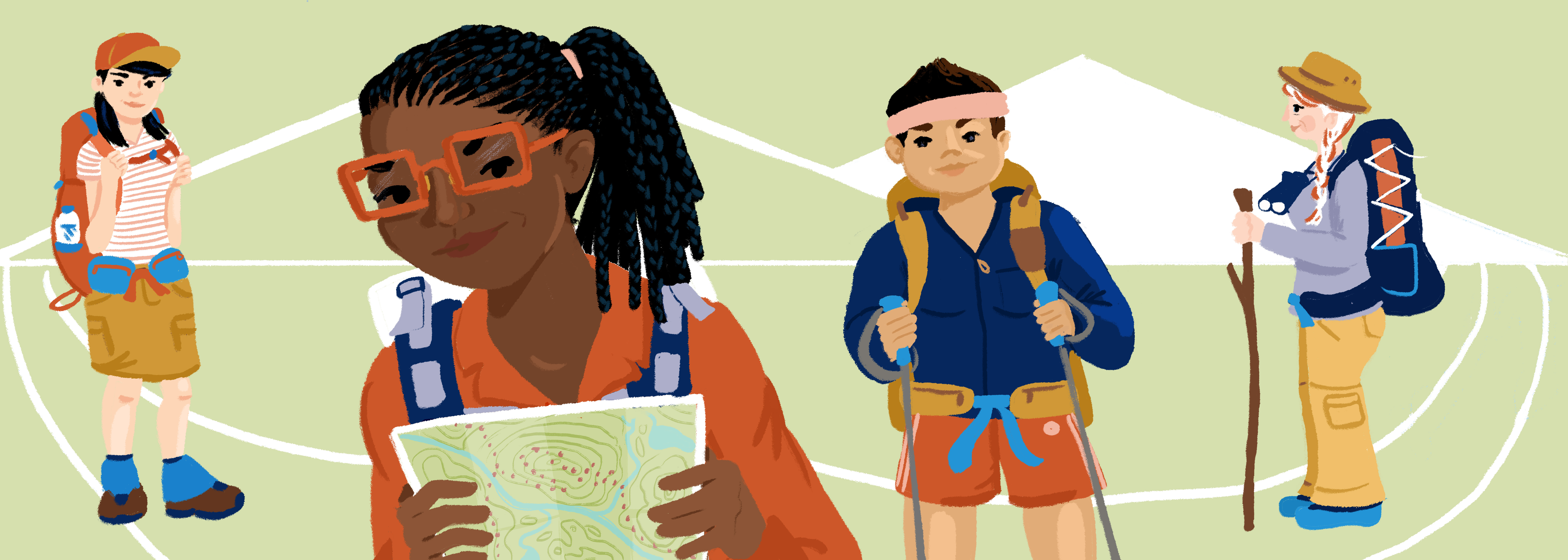|
Downtown SF
Last Minute Gear
563 Sutter Street
|
- Mo 12am-11:59pm
- Tu 12am-11:59pm
- We 12am-11:59pm
- Th 12am-11:59pm
- Fr 12am-11:59pm
- Sa 12am-11:59pm
- Su 12am-11:59pm
|
Self-service only; click here for more info. We do NOT have open, walk-in hours like a store anymore! |
- Many garages nearby (under Union Square or at Sutter/Stockton, etc.), but tend to be pricey
- Directly outside, multiple curb spaces are marked yellow commercial loading zones
- Ticketing & towing are very active, especially once the yellow commercial loading zones are paused weekdays 4-6pm!
|
4 blocks from Powell Street Station for the BART metro and MUNI lightrail |
There is a rack directly outside |
|
SOMA SF
Game Post SF
689 3rd Street
|
- Mo 12pm-6pm
- Tu 12pm-6pm
- We 12pm-6pm
- Th 12pm-6pm
- Fr 12pm-6pm
- Sa 12pm-6pm
- Su N/A
|
You must check-in with a staff person, there's no self-service here & please don't leave gear unattended If you don't see staff they're likely just in the bathroom! |
|
2 blocks from the 4th & King Street Station for the CalTrain |
There is a rack on the same block |
|
Marina SF
West Coast Leather
2060 Union Street
|
- Mo 1pm-6pm
- Tu 1pm-6pm
- We 1pm-6pm
- Th 1pm-6pm
- Fr 1pm-7pm
- Sa 10am-7pm
- Su 1pm-6pm
|
You must check-in with a staff person, there's no self-service here & please don't leave gear unattended If you don't see staff they're likely just in the bathroom! |
You can pull into the driveway right next to the shop for a few minutes! |
|
There is a rack on the same block |
|
Castro SF
Queer Arts Featured
575 Castro Street
|
- Mo N/A
- Tu N/A
- We N/A
- Th 12pm-7pm
- Fr 12pm-7pm
- Sa 12pm-7pm
- Su 12pm-6pm
|
You must check-in with a staff person, there's no self-service here & please don't leave gear unattended If you don't see staff they're likely just in the bathroom! |
|
2 blocks from the Castro Station for the MUNI |
There is a rack on the same block |
|
Cole Valley SF
Simple
1001 Stanyan Street
|
- Mo 11am-6pm
- Tu N/A
- We 11am-6pm
- Th 11am-6pm
- Fr 11am-6pm
- Sa 11am-5pm
- Su 11am-5pm
|
You must check-in with a staff person, there's no self-service here & please don't leave gear unattended If you don't see staff they're likely just in the bathroom! |
|
The MUNI lightrail N-line stops right outside |
There is a rack directly outside |
|
Mission SF
Kelly's Boutique
3156 24th Street
|
- Mo 11am-6pm
- Tu 11am-6pm
- We 11am-6pm
- Th 11am-6pm
- Fr 11am-6pm
- Sa N/A
- Su N/A
|
You must check-in with a staff person, there's no self-service here & please don't leave gear unattended If you don't see staff they're likely just in the bathroom! |
- Directly outside, there's 1 curb space marked as a yellow commercial loading zone
- The grocery store directly behind this outpost has a parking lot; some folks have split up where 1 person shops the grocery store and another handles the gear
|
3 blocks from 24th Street Station for the BART metro |
There is a rack directly outside |
|
Sunset SF
Pemulis Water & Power
4051 Judah Street
|
- Mo N/A
- Tu N/A
- We N/A
- Th 1pm-6pm
- Fr 1pm-6pm
- Sa 1pm-6pm
- Su 1pm-4pm
|
You must check-in with a staff person, there's no self-service here & please don't leave gear unattended If you don't see staff they're likely just in the bathroom! |
|
The MUNI lightrail N-line stops right outside |
There is a rack directly across the street |
|
Potrero Hill SF
BerryClean
1627 20th Street
|
- Mo 8am-4pm
- Tu 8am-4pm
- We 8am-4pm
- Th 8am-4pm
- Fr 8am-4pm
- Sa 8am-4pm
- Su N/A
|
You must check-in with a staff person, there's no self-service here & please don't leave gear unattended This is an office & rarely, everyone will be out running an errand. We recommend selecting this outpost only it's not too inconvenient for you to come back again in case that happens. |
Do NOT pull into or block the garage on-site! |
4 blocks from 22nd Street Station for the CalTrain rail |
There is a rack across the street |
|
Oakland
+$15
Port Labs Co-working
2044 Franklin Street
|
- Mo N/A
- Tu 12pm-5pm
- We N/A
- Th 12pm-5pm
- Fr N/A
- Sa N/A
- Su N/A
|
We work here on limited days & will schedule a specific time for you to come by between meetings. Do NOT come without an appointment as this is a co-working space, and no one else will be able to help you |
- Many garages nearby
- Free street parking is generally readily available
|
2 blocks from the 19th Street Station for the BART metro |
There is a rack directly outside |
